After Mario, Zelda e Animal Crossing, at the Nintendo Switch a chapter of another very important saga was still missing Nintendo, or that of Metroid. The wait is now over thanks to the release of Metroid Dread, release title of the version YOU ARE of the Japanese console. After telling you about our first impression of both the game and the new Switch model, we got to try the full game, and we’re now ready to give you our Metroid Dread review!
Our Metroid Dread review
If you have never played a Metroid title or are fasting anyway, a little review might be useful. The saga sees the bounty hunter as the protagonist Samus Aran, a warrior with a powerful armor capable of shooting energy rays e rockets. In the various chapters Samus has helped to eradicate threats such as that of Metroid, jellyfish creatures capable of absorbing the vital energies of other living beings, and gods X, lethal parasites that copy the physical and mental abilities of their victims.
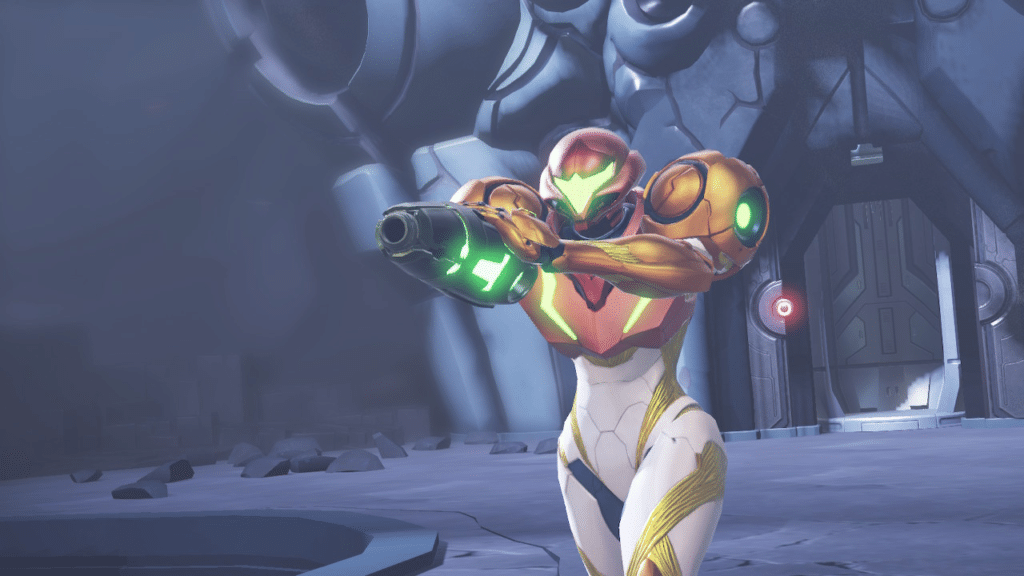
Metroid Dread picks up the story where we left off it at Metroid Fusion, released in 2002 per GameBoy Advance. In this chapter Samus fought against the aforementioned X, exterminating them. Or at least, so it was thought: the incipit of Dread in fact concerns an alleged return of the parasites X on the planet ZDR. The Galactic Federation tried to solve the problem by sending a team of robots E.M.M.I, but this seems to have disappeared into thin air shortly after his arrival. The ball has now passed to Samus, the only one capable of resisting the power of the X and therefore charged with investigating.
All this premise, although useful to contextualize the plot, it is actually not strictly necessary. The game, despite being fully part of the canon and is able to satisfy even the most veteran of players, it is in fact extremely enjoyable even for all those who approach the series for the first time in a closed box.
A dark atmosphere, but not a horror one
In terms of gameplay, Metroid Dread takes up the classic mechanics of the series, so iconic that it has given, together with the saga of Castlevania, the name of the videogame genre of ‘metroidvania’. In fact, we will have the opportunity to freely explore the map, with some areas that will however be inaccessible until we have unlocked the appropriate upgrade.
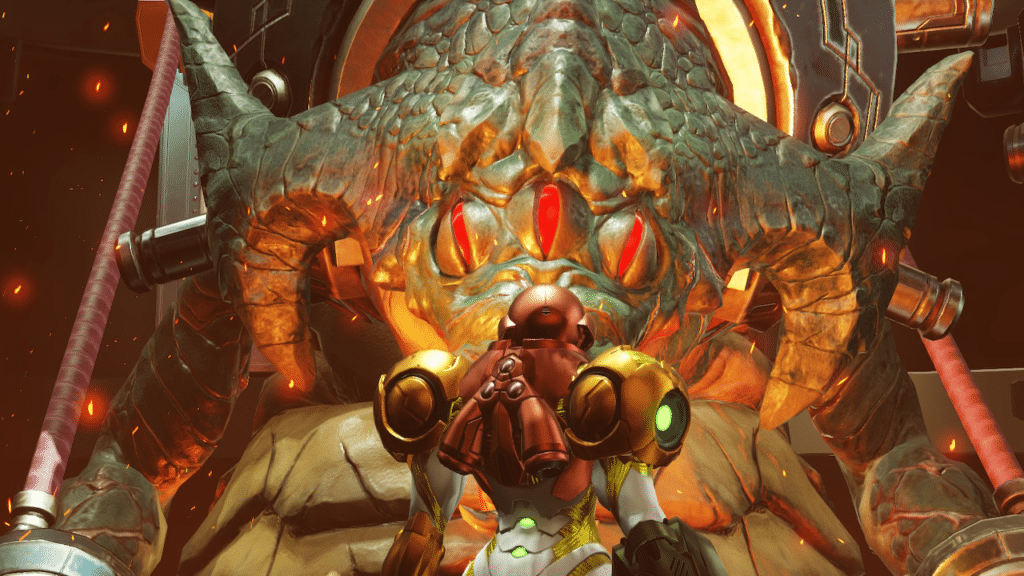
Dread takes this formula, and adds an important element to it: the restlessness, terror (in English, in fact, ‘dread’). In addition to the normal enemies, good or bad within the reach of Samus and his weapons, we will in fact find the aforementioned robots E.M.M.I, in theory on the side of the good, but in practice hostile towards the protagonist. Normal weapons are useless against them, and in case of capture death is (almost) certain. Within the map the player will meet these formidable opponents only in certain areas, within which he will have to do his utmost to be rapid, silent e hidden, under penalty of ‘Game Over‘.
Mechanics is psychologically very effective, even if it’s not enough, in its current form, to make Metroid a horror game. And that’s okay: a too strong sense of anxiety would probably be unpleasant for many players, while the clear demarcation of the territory of the EMMI, as well as the Game Over that simply bring back to the entrance of the area, smooth out the horror corners and offer the right balance between terror and control.
Immersive and magnetic
Net of the robotic twist, Dread offers the Metroid experience at an exceptional level. Action is fluent e sliding, both in portable mode and in TV mode. Controlling Samus is unbelievably intuitive and satisfying. It is therefore a pleasure to navigate the map even during potentially tedious activities, such as exploring areas already visited in search of items and upgrades. Thanks to the presence of two analogs it is then possible aim with the canon arm at 360 °, a first for a horizontal scrolling Metroid title.
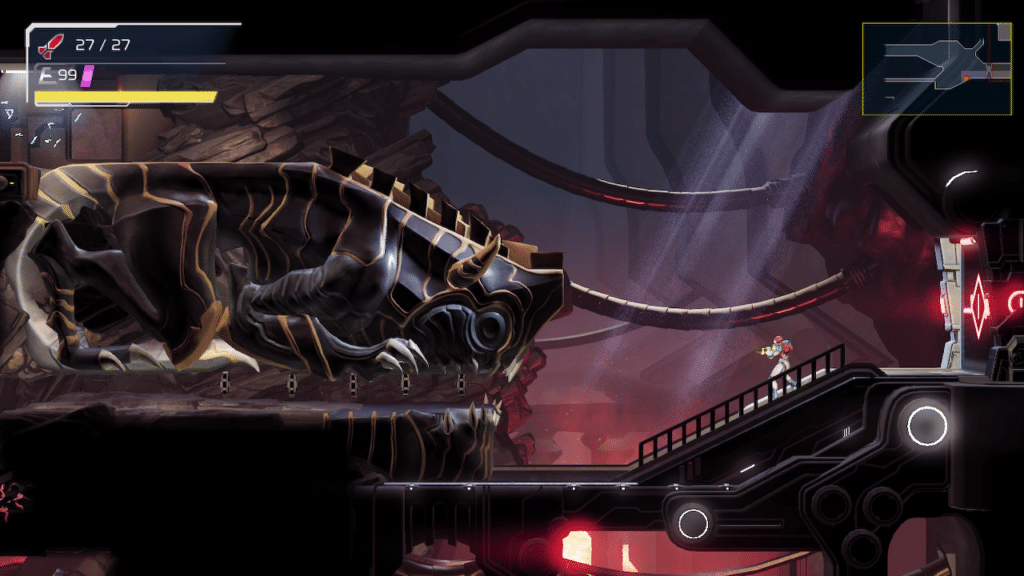
The graphics, with elements 3D in a context 2D (a technique known as 2.5D) she’s very beautiful and detailed, even if maybe uninspired. However, it is almost a secondary aspect, in a dynamic context like that of this game. The atmosphere is still a lot cup e dark, and therefore the choice of making this the launch title for the Nintendo Switch OLED. On the screen of the classic Switch the title is in fact still enjoyable, but it has a color and contrast rendering evidently compromised by the LCD technology. We don’t think it’s worth changing your Switch just for this game anyway, but if you have yet to purchase your first model, it could be an additional element to lead you to choose the newest one.
ALSO READ: Metroid Prime Trilogy coming to Nintendo Switch
Metroid Dread review: our conclusions
The expectations on Metroid Dread, a title whose genesis has started well 15 years ago and that followed a troubled path, they were very tall, but they are been fully satisfied. The final game is indeed incredibly immersive, with a rhythm, a’action it’s a enjoyment of the game such as to remain glued to the screen for hours. We cannot therefore do that highly recommend it, both for veterans of the series and, above all, for those approaching the world of Metroid for the first time.
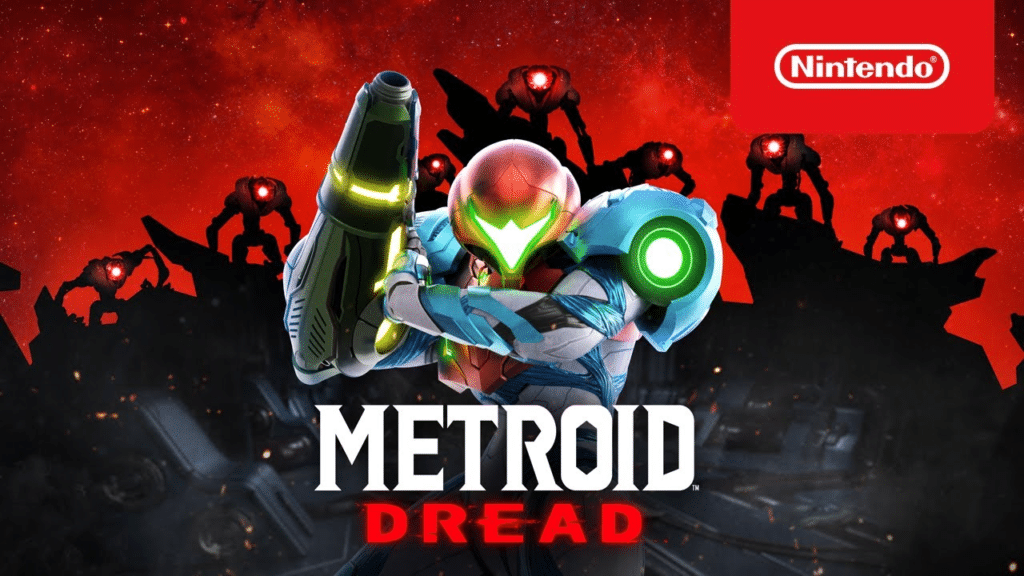
Pro
- Very fluid, immersive and approachable gameplay
- Good graphics
- A fully fledged Metroid chapter
- Right balance between atmosphere of tension and control of the situation
Against
- A little dark environments for the LCD screen of the classic Switch
- Not very innovative environment and enemy design
More information about the game available on the official Nintendo website.






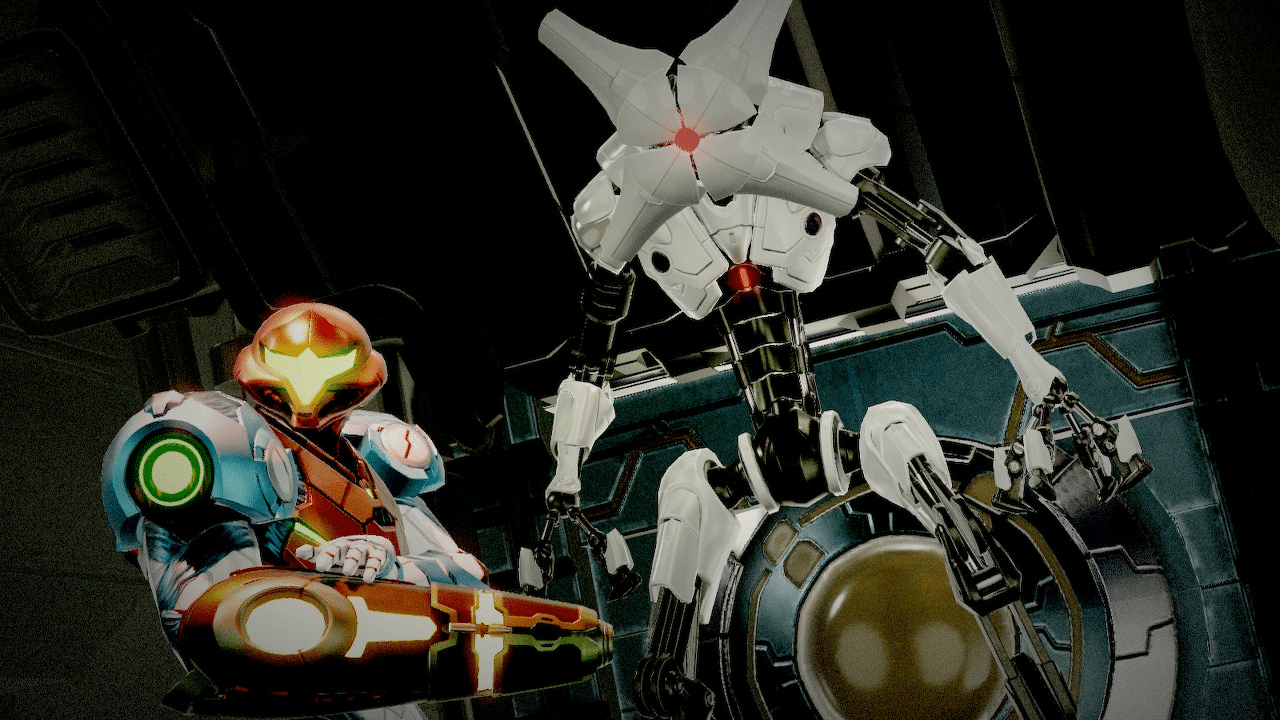






Leave a Reply
View Comments